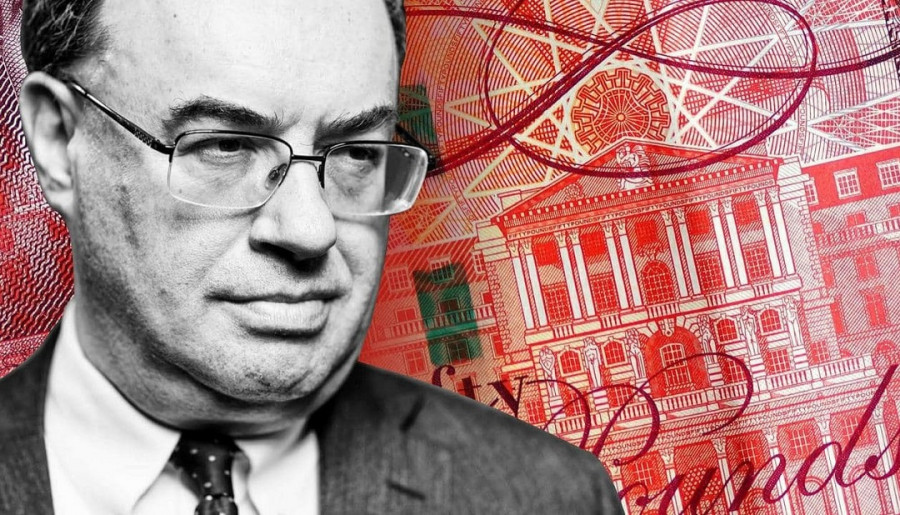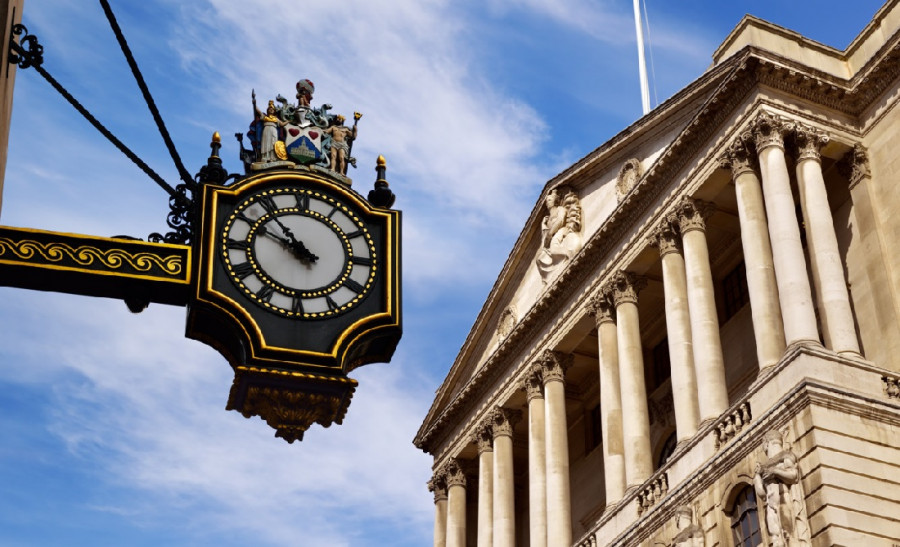

The pound promises a complicated but interesting picture. The expectations of an imminent monetary policy tightening in the UK made GBP quite an attractive currency to purchase. An even stronger argument in favor of going long is the fact that the Bank of England may become the first major global central bank to raise rates in the new cycle after the pandemic.
There are a lot of rumors and forecasts around the pound now, not only regarding its growth or decline. There are many versions and surveys concerning when the British regulator will take this landmark and what the rate might be. For example, Reuters showed in their survey that the hike will happen later than the markets initially began to price in. The central bank may raise its key rate by 15 bps in the first quarter of next year, presumably in February or March. Among those surveyed, some are waiting for this event at the November meeting.

Wells Fargo analysts are also hoping for monetary fever in November. According to them, the regulator is expected to raise the rate by 15 bps on November 4. Next year, it will continue the series of tightening. The second rate hike is expected in May by 25 bps, then in November by the similar value. By the end of the year, the rate will reach 0,75%. In general, the increase will be less aggressive than the markets assume and put in the prices now. This is not good for the pound, because downward pressure may develop.
Notably, before the release of the inflation readings, market players were more optimistic about the anticipated rate hike in November. The slowdown in price growth was somewhat discouraging and forced some players to slow down and reconsider their expectations. However, the very fact of policy tightening is hardly in doubt. The head of the Bank of England, Andrew Bailey, made it clear that the regulator would have to act faster than previously anticipated. Weak economic growth in the country will not be an obstacle either, as it is necessary to tame inflation.
Inflation slowed down in September, and it can shoot up in October due to an increase in housing utility rates and a partial increase in VAT. Moreover, energy and gasoline prices are sharply growing, and raw materials remain in short supply.
According to the current regulator's forecasts, the annual rate of inflation will accelerate to about 5% in April 2022. It may slow down to the target level of 2% set by the bank by the end of the year.
Forecasts are good, but there are increased risks that inflation will not ease up on its own. That is why the Central Bank is considering a decision to tighten policy, despite the possible negative scenario of a slowdown in the country's GDP amid growing shortages of goods and labor. The combination of explosive factors such as weak economic growth with the threat of stagflation and high inflation is dangerous for Britain, which has not yet recovered from Brexit.
However, the Central Bank remains optimistic. On the one hand, an increase in the key rate leads to a strengthening of the pound. On the other hand, there may be unusual conditions for both the UK's and global economies, so the reaction is uncertain.
The hawkish sentiment of the BoE is not supported by everyone. Some economists consider such a step a big mistake amid the existing problems and the current economy of the country. Households and businesses are finding it harder to pay their gas, electricity and oil bills. A political mistake in the form of a rate hike could cause the pound's long-term prospects to deteriorate.
There is widespread panic buying in England, and many gas stations do not work because there is nothing to sell. The situation will not get any better with the start of the heating season. Is this not an aggravation of the already existing crisis?
Nevertheless, the pound is unlikely to face a negative scenario now as markets are hungry for growth of the UK currency. Despite yesterday's rebound, the GBP/USD pair retains the potential to strengthen above 1.3850. The next important resistance is at 1.3915, but it is out of play for now, as bullish momentum is not strong enough right now. Support is seen at 1.3790 and 1.3755.
In general, the phase of strengthening of the pound, which began last Thursday, will continue, at least until the bearish sentiment is not seen as it may drag the price down to 1.3720.
According to Scotiabank, the pound is difficult to keep above 1.38. GBP is supported by expectations of an imminent rate hike in the country, but the pound is not able to show a strong rally. It is not going to fall. The hawkish message may keep it from falling below 1.3600.
As for the test of 1.4000, it might be difficult. Currently, the GBP/USD pair is not ready to overcome this boundary, but in the long term it is quite possible. It will depend on the dollar's performance against its counterparts, which shows its instability and some vulnerability.
The news about the forthcoming tightening of the policy by other big banks does not support the dollar, as the Fed is unlikely to be in such a hurry to raise the rate like the Bank of England does.
The macroeconomic data is not on the side of the pound. GBP had to retreat from its swing highs of September 16. Traders positively reacted to the optimistic unemployment claims statistics in the US. On Friday, the statistics from the UK triggered moderate pressure on the pound. The consumer confidence index from Gfk in October sharply fell to -17 from -13. Markets did not expect such a decline. The retail sales reading is also in the red zone. However, a pleasant surprise was unexpectedly given by the PMI. However, it will not make up for the overall situation.
The disappointing statistics may force markets to lower their expectations concerning the rate hike by the Bank of England in November. Despite the rise in GBP/USD on Friday above 1.3800, further pound rally may be limited.